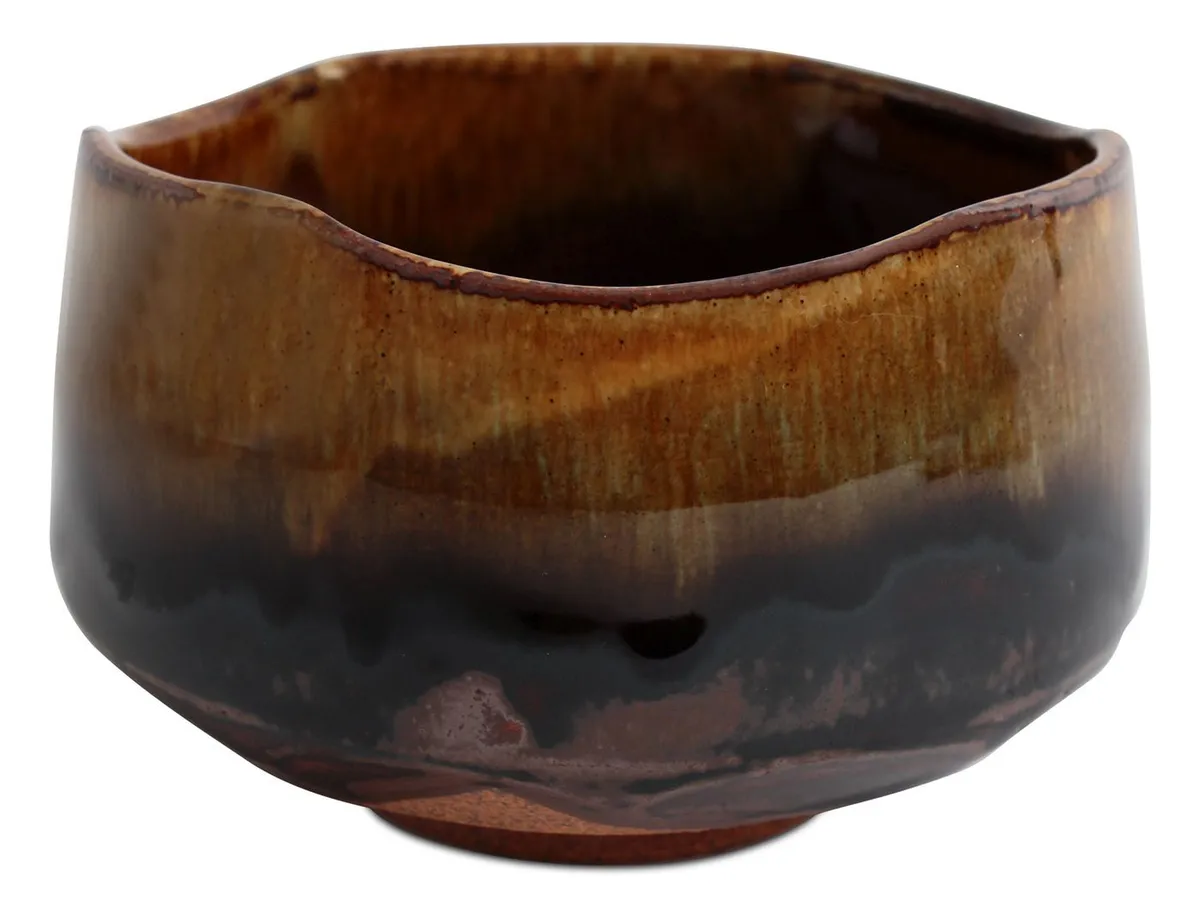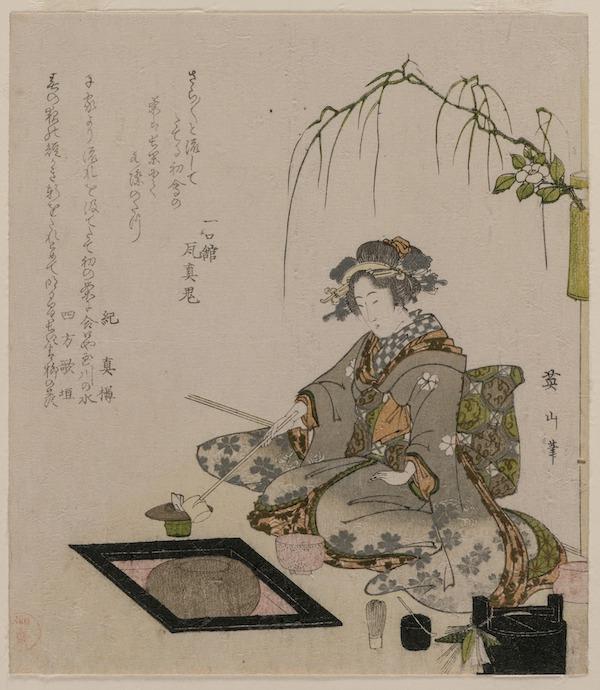
What The Japanese Wabi-Sabi Esthetic Is All About

A wabi-sabi sighting in New York. Photo: Paul S. Atkins, CC BY-ND
On a recent visit to New York I stopped at a Japanese bookstore in Manhattan. Among the English-language books about Japan, I encountered a section of a shelf marked“WABI-SABI” and stocked with titles such as“Wabi Sabi Love,”“The Wabi-Sabi Way,”“Wabi-Sabi for Artists, Designers, Poets & Philosophers,” and, in all lowercase,“simply imperfect: revisiting the wabi-sabi house.”
What is wabi-sabi, and why does it rate its own section alongside such topics as sushi and karate?
Wabi-sabi is typically described as a traditional Japanese esthetic: the beauty of something perfectly imperfect, in the sense of“flawed” or“unfinished.” Actually, however, wabi and sabi are similar but distinct concepts, yoked together far more often outside Japan than in it. Even people who have been brought up in Japan may struggle to define wabi and sabi precisely, although each is certainly authentically Japanese and neither is especially obscure.
As a scholar of classical Japanese language, literature and culture , I too have a professional interest in wabi and sabi and how they have come to be understood outside Japan. A cursory search of Google Books shows that the term began to appear in print in English around 1980. Perhaps this was a delayed reaction to a book by Japanese art critic Soetsu Yanagi , The Unknown Craftsman , which was translated into English and published in 1972.
In it, in an essay titled“The Beauty of Irregularity,” Yanagi wrote about the art of the tea ceremony and its simple grace. More broadly, as the title suggests, he was captivated by a sense of beauty apart from traditional ideals of perfection, refinement and symmetry.
Behind“roughness,” Yanagi wrote,“lurks a hidden beauty, to which we refer in our peculiar adjectives 'shibui,' 'wabi,' and 'sabi.'”

Legal Disclaimer:
MENAFN provides the
information “as is” without warranty of any kind. We do not accept
any responsibility or liability for the accuracy, content, images,
videos, licenses, completeness, legality, or reliability of the information
contained in this article. If you have any complaints or copyright
issues related to this article, kindly contact the provider above.





















Comments
No comment